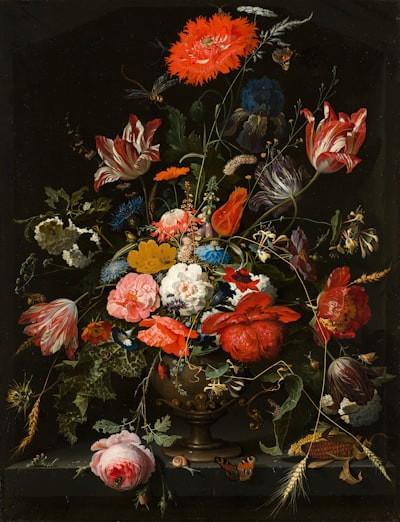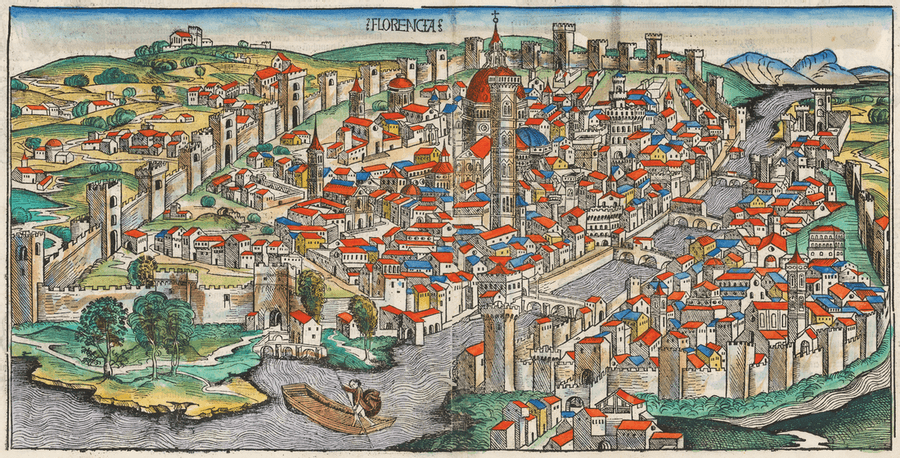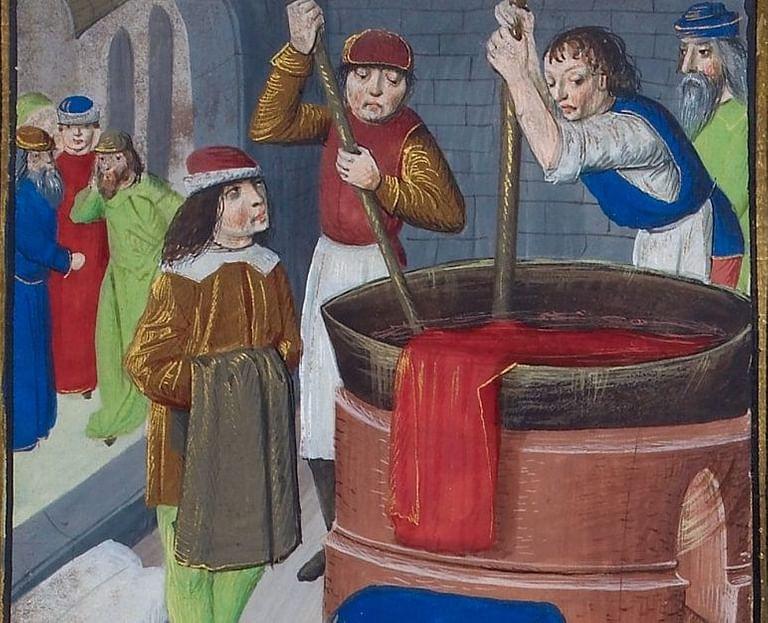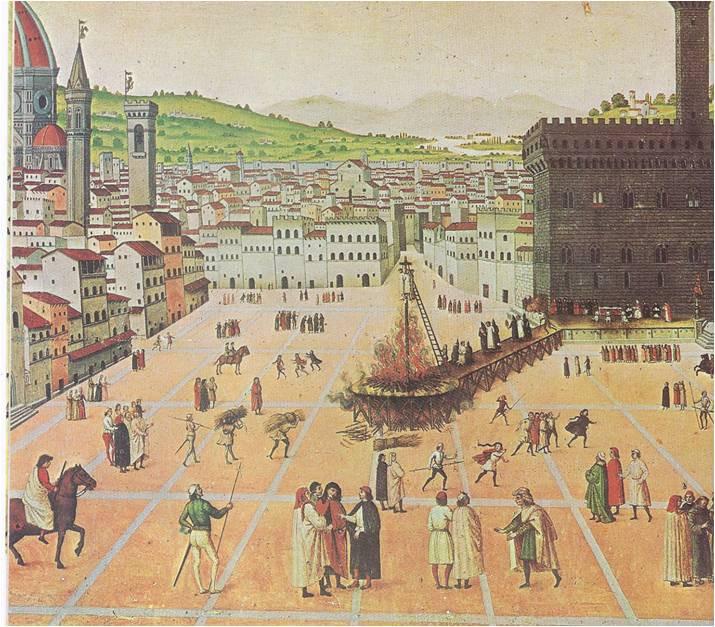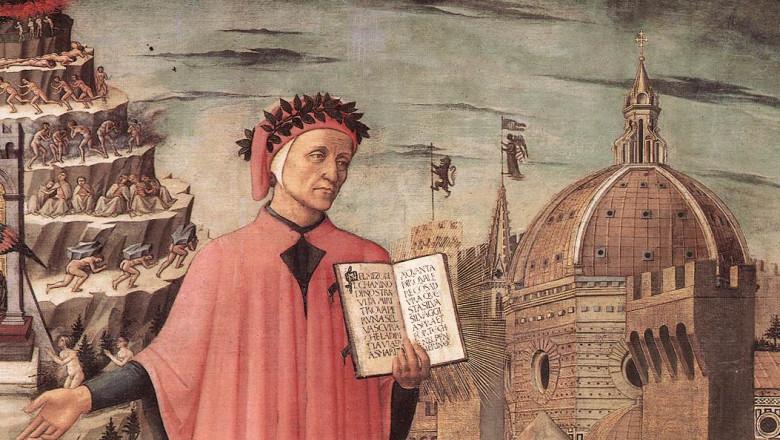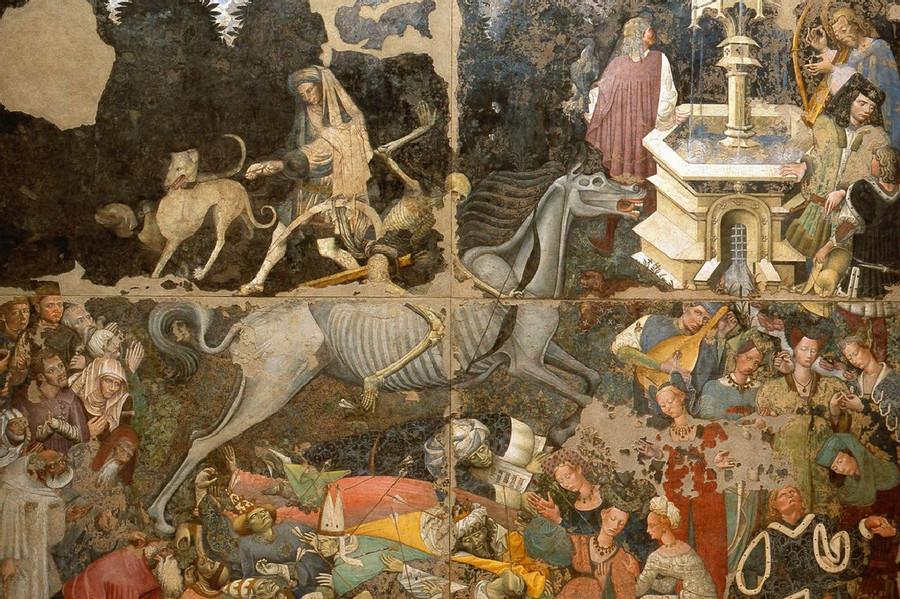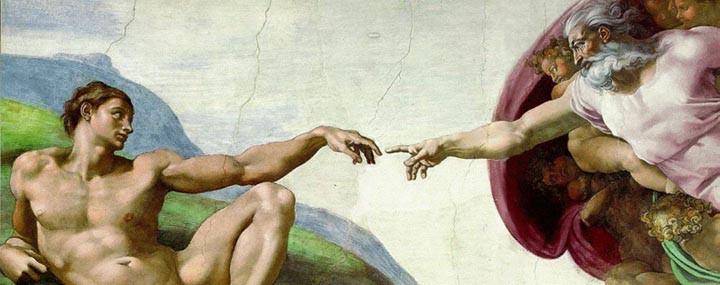Explore the World's Best Ideas
Join today and uncover 100+ curated journeys from 50+ topics. Unlock access to our mobile app with extensive features.
Historical Significance Of Florence, Italy
Known as the ‘Jewel Of Italian Renaissance’, the city of Florence has countless groundbreaking developments, seeing advances in politics, finance, business, engineering, philosophy, science, architecture, and artistic creativity. The 15th century CE, the golden age of Florence saw many historic art projects, even after a pandemic killed half of the city’s population.
Currently, Florence is the capital of Tuscany, Italy, and its most populous. The breathtaking scenery and long history make it one of the most beautiful cities in the world.
105
1.08K reads
The Story Of Florence: The Success of The Fabric Business
Florence was initially well-known for woollen cloth, creating a central marketplace for the best-quality wool, cleaned to perfection.
The success of the fabric business made the Florentines rich, leading to new financial breakthroughs and innovations, like bank loan facilities, which further enhanced the city’s wealth.
85
681 reads
Wealthiest City In Europe
Innovative banking practices like bills of exchange (to facilitate-out-of-city payments) and double-entry bookkeeping, along with the flourishing cloth industry made Florence the wealthiest city in Europe.
The city, flush with wealth, started to focus on art, humanism, creation, enjoyment of life’s pleasures, and intellectual pursuits. It framed itself as ‘The New Rome’ and was a true Renaissance city due to it’s elevated and classist thinking that offered freedom, prosperity and knowledge.
95
582 reads
Literature And Art In Florence
Some of the most influential educational treatises like ‘On the Manners Of A Gentleman And Liberal Studies’ was written in Florence in the 15th century. Many other literary masterpieces like ‘The Human Comedy’ (by Giovanni Boccaccio) or ‘The Divine Comedy’ by the greatest poet of the city, Dante Alighieri made the city an intellectually rich place.
The celebrated artist Michelangelo was also in Florence in his early days as a painter.
92
596 reads
Florence During The Plague
In 1348, the bubonic plague swept through Italy, and killed almost half of the city’s population, creating widespread loss and disruption.
Yet the city bounced back and entered its golden age in the next century. Many wealthy families understood art and supported Renaissance artists during difficult times.
86
518 reads
The People Of Florence
Around the 15th Century, Florence was fortunate to have:
- Polymath Leonardo Da Vinci, the quintessential Renaissance Man.
- The artists Raphael and Michelangelo.
- The sculptor Donatello.
- The writer of ‘The Prince’, Niccolò Machiavelli.
- The explorer Amerigo Vespucci.
- The artist Andrea del Verrocchio, mentor of Da Vinci.
- Sandro Botticelli, another great artist.
- The first modern engineer and father of Renaissance architecture, Filippo Brunelleschi.
111
584 reads
The Iconic Paintings Created In Florence
The advanced methods used by creators and artists of Florence(like the four canonical techniques of drawing to produce depth and 3D effects) gave birth to the following masterpieces:
- Birth of Venus, Primavera and Venus and Mars by Botticelli.
- Creation of Adam by Michelangelo.
- The School of Athens by Raphael.
- The Last Supper and The Virgin of the Rocks by Da Vinci.
- Not to mention Da Vinci’s The Mona Lisa, a portrait of a Florentine merchant’s wife, the most famous painting in the world.
92
475 reads
IDEAS CURATED BY
Stephanie Denis's ideas are part of this journey:
Learn more about history with this collection
The historical significance of urban centers
The impact of cultural and technological advances
The role of urban centers in shaping society
Related collections
Similar ideas
7 ideas
Centers of Progress: Paris (Enlightenment)
humanprogress.org
4 ideas
Centers of Progress: Hangzhou (Paper Money)
humanprogress.org
5 ideas
A Beginner’s Guide to Art History
medium.com
Read & Learn
20x Faster
without
deepstash
with
deepstash
with
deepstash
Personalized microlearning
—
100+ Learning Journeys
—
Access to 200,000+ ideas
—
Access to the mobile app
—
Unlimited idea saving
—
—
Unlimited history
—
—
Unlimited listening to ideas
—
—
Downloading & offline access
—
—
Supercharge your mind with one idea per day
Enter your email and spend 1 minute every day to learn something new.
I agree to receive email updates
